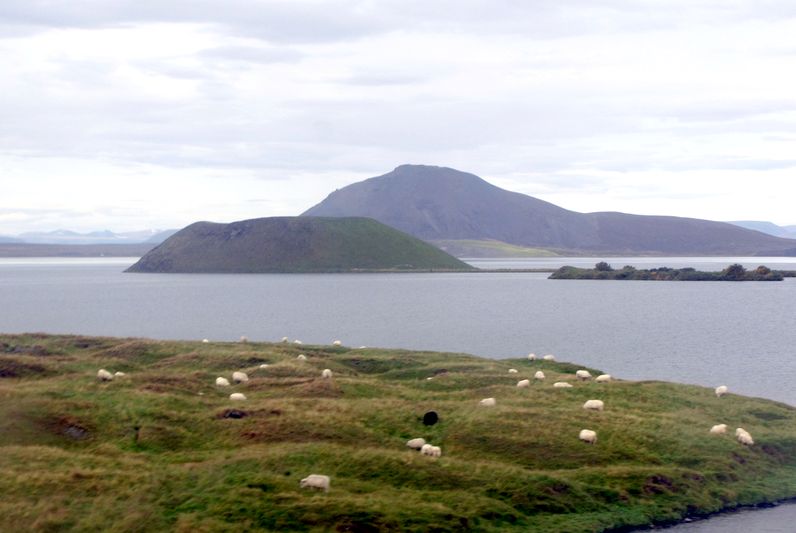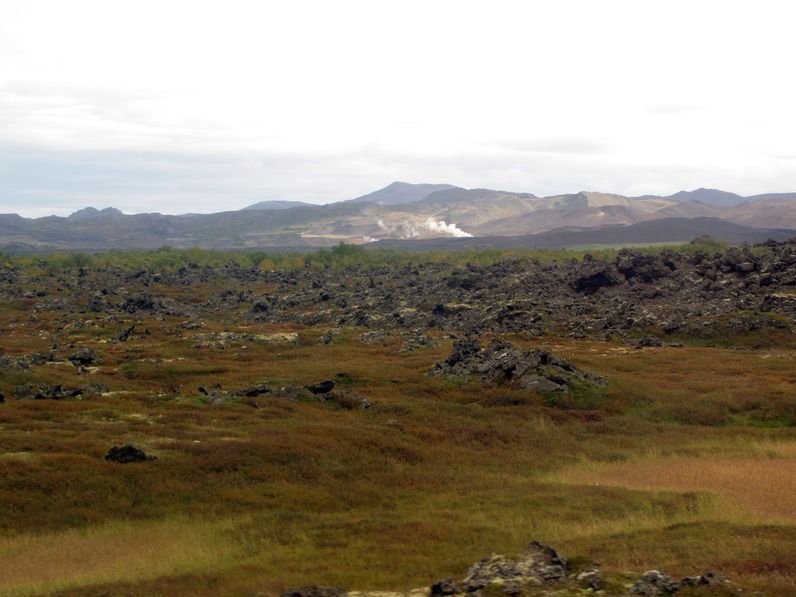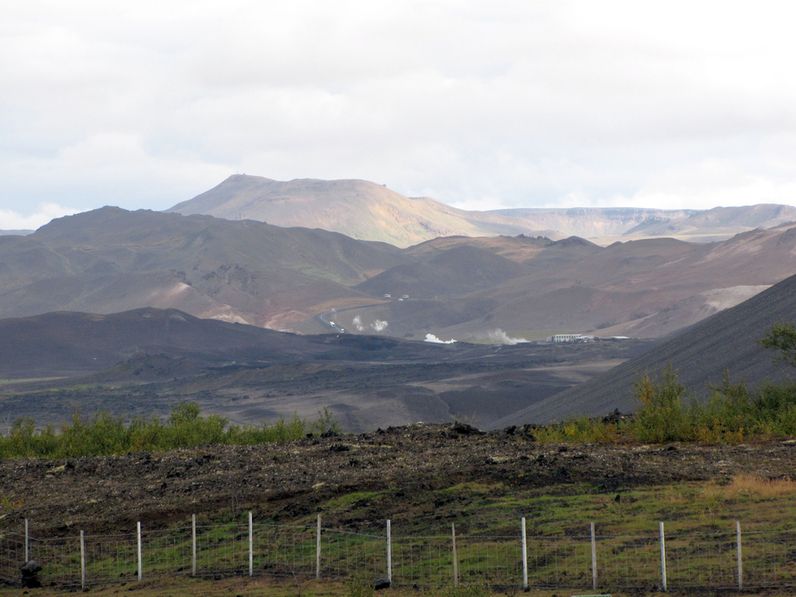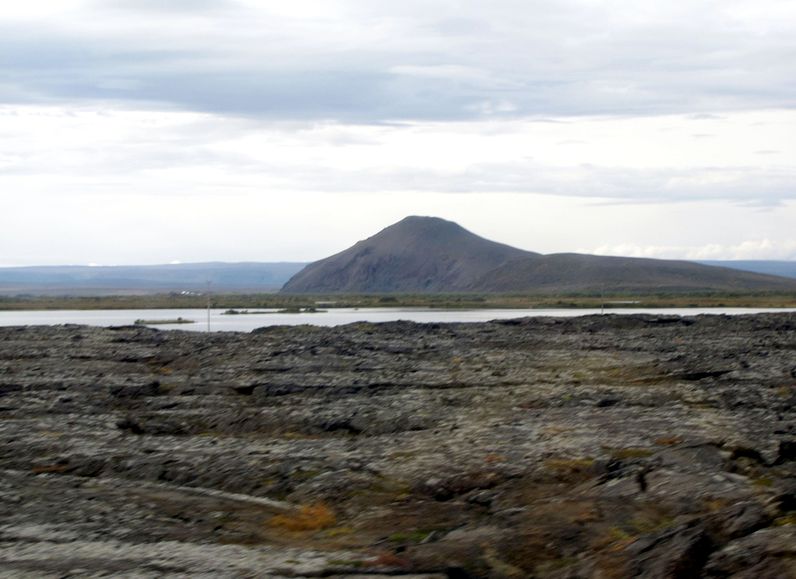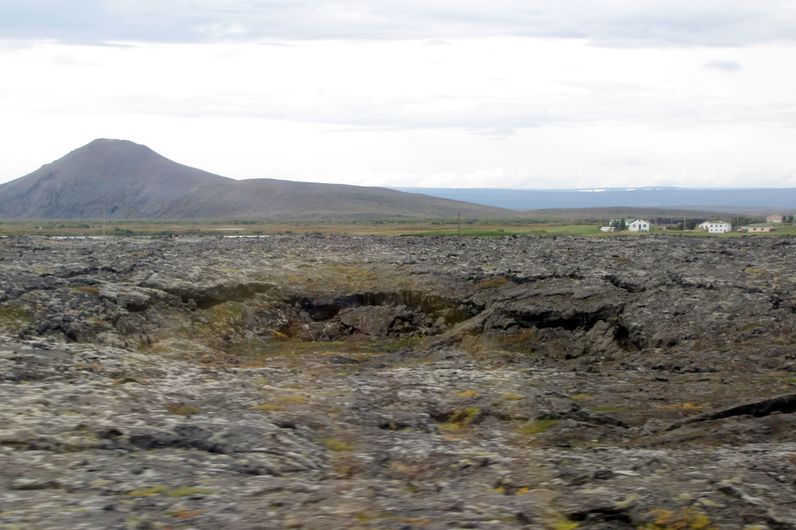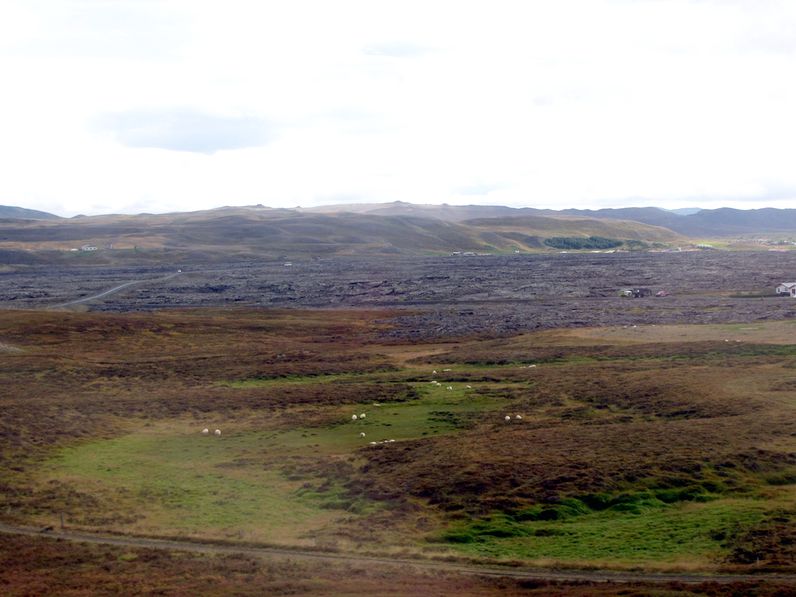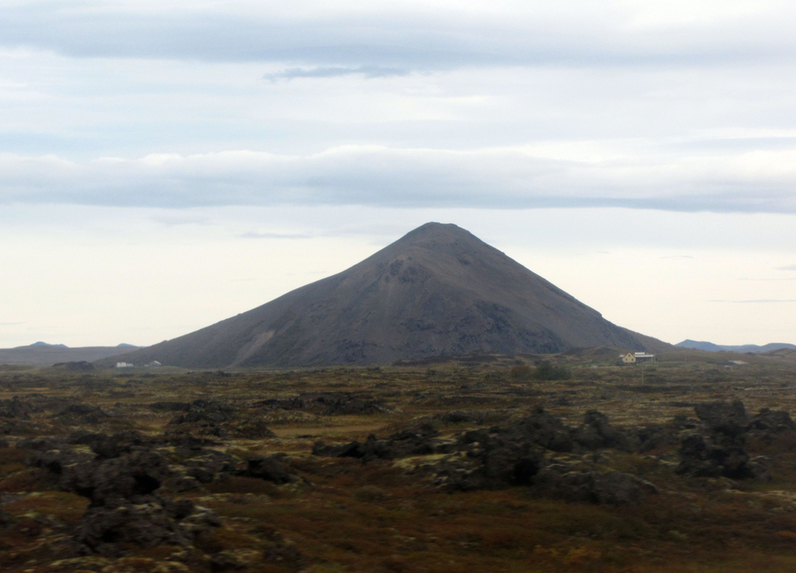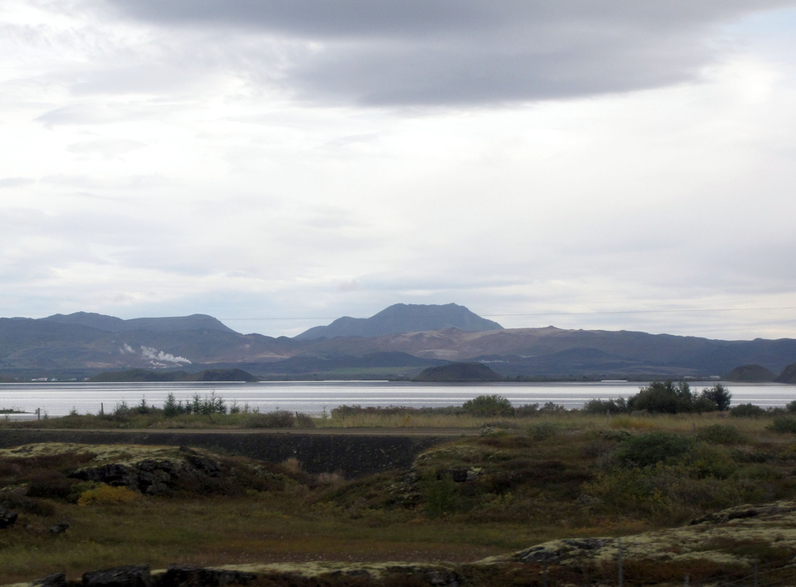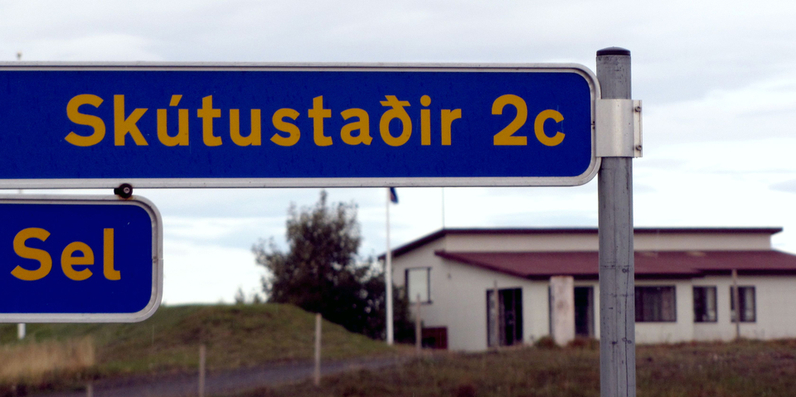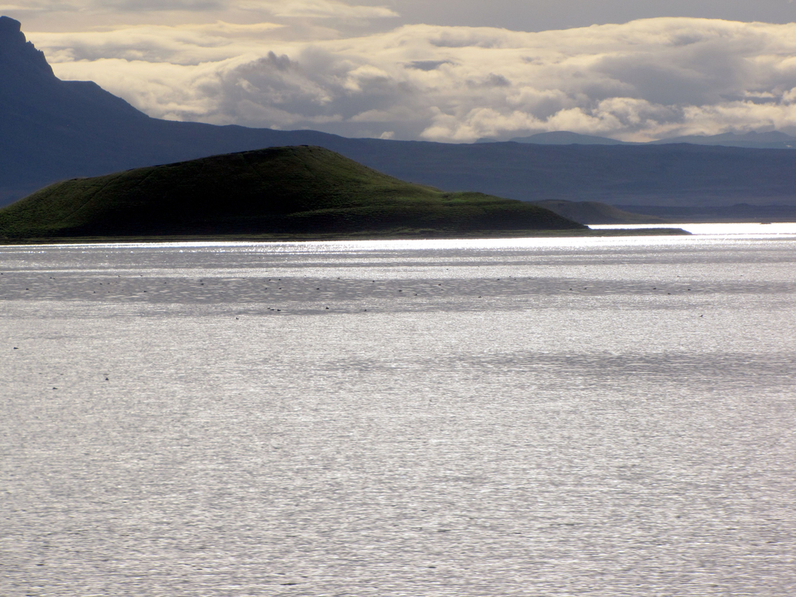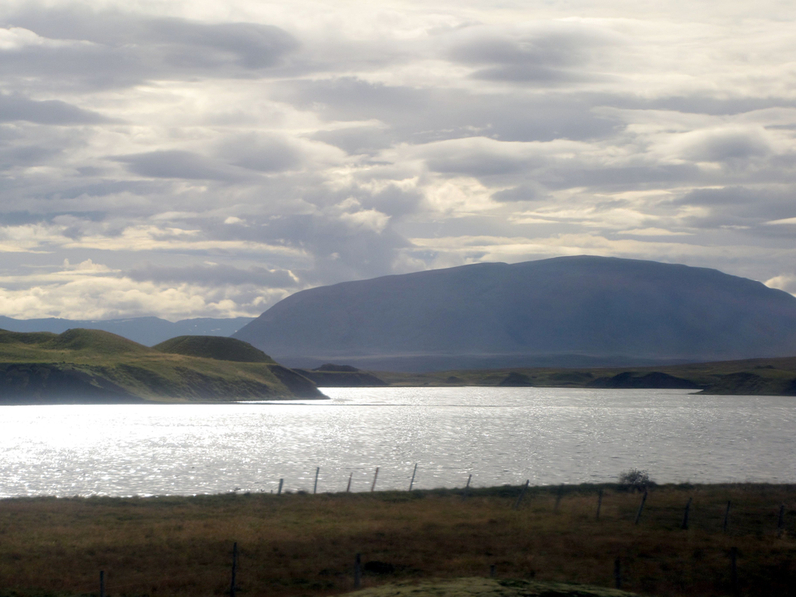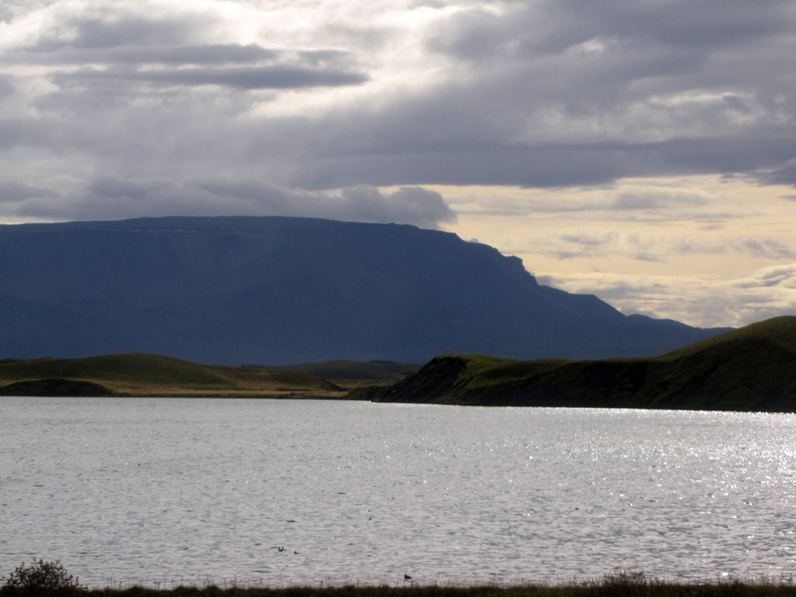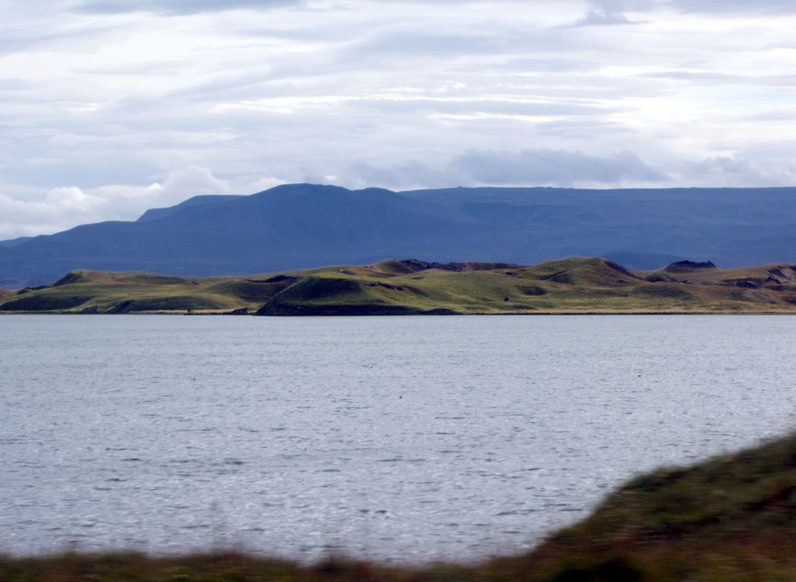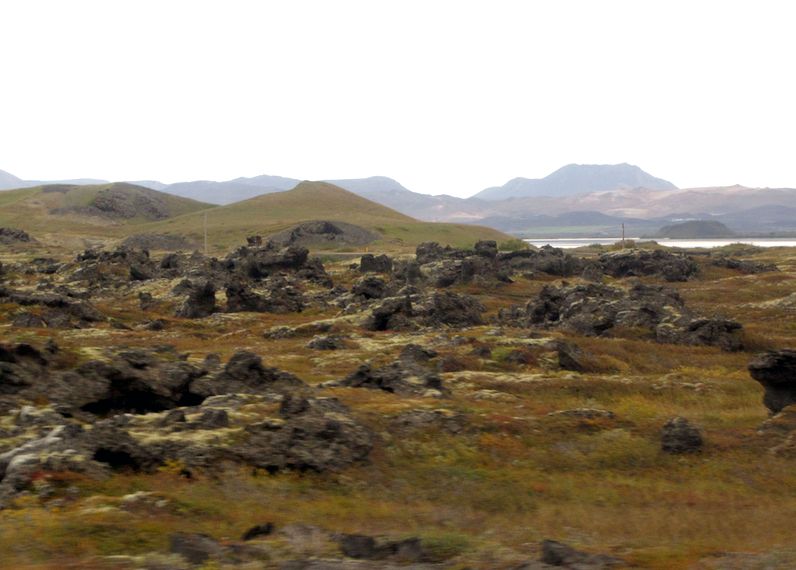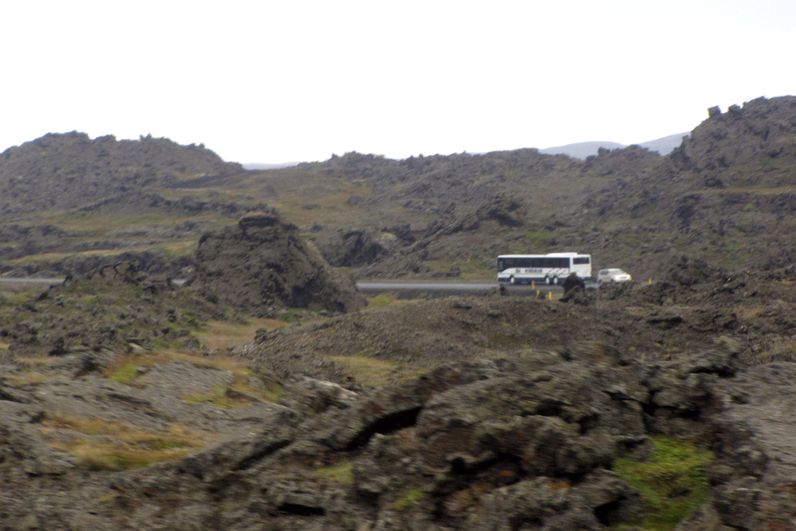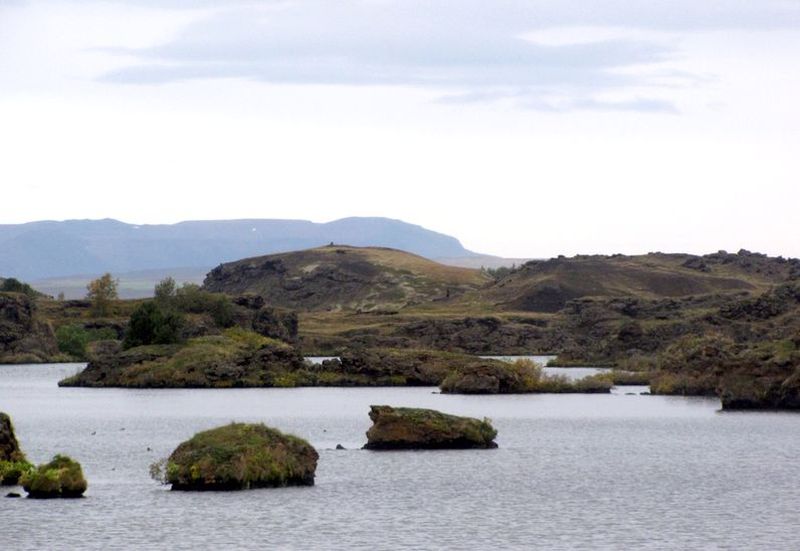Lake Mývatn is the country's fourth largest natural lake, with an area of about 37 square kilometres. Numerous bays and creeks incise its coastline and the lake comprises some fifty islands and islets. The lake is not very deep, its average depth being 2.5 metres, and the maximum depth is 4 metres. The ecosystem of Lake Myvatn is unique. The lake derives its name from the profusion of midges that pervade the area. Bird life is extremely diverse and more species of duck are believed to live around Lake Myvatn than anywhere else in the world.
We parked at the red x toward the left-middle, we we really saw mainly Stakhólstjörn.
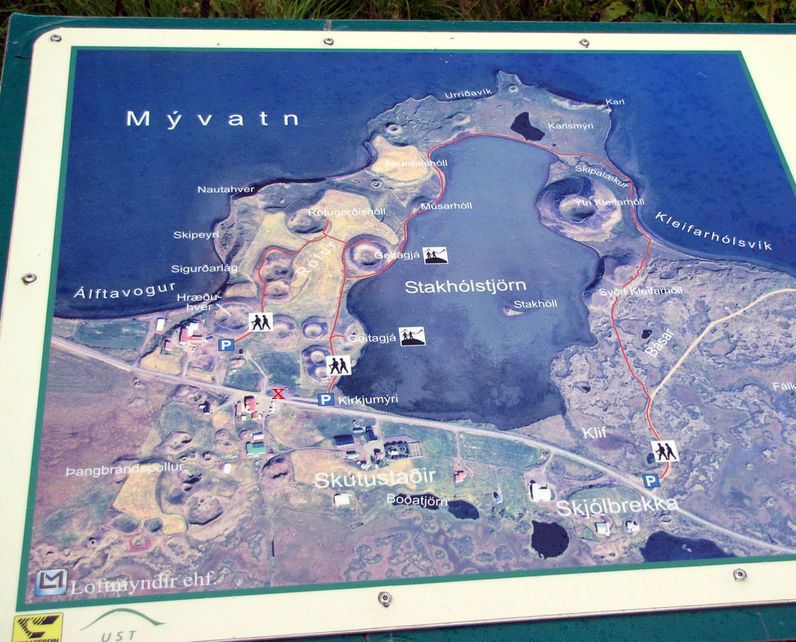

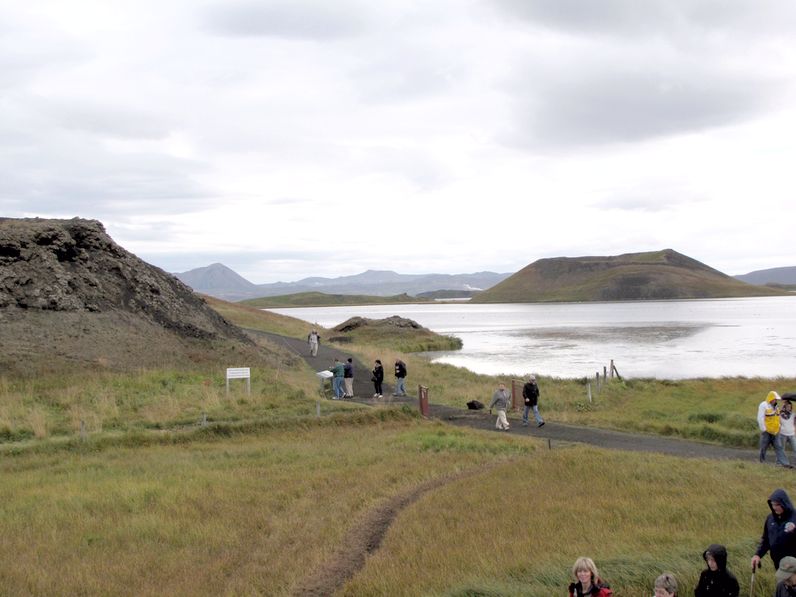
When the glowing lava encountered the lake some of the water-logged lake sediment was trapped underneath it. The ensuing steam explosions tore the lava into small pieces which were thrown up into the air, together with some of the lake. By repeated explosions in a number of locations, groups of craters built up and now dominate the landscape on the shore of Lake Mývatn and also form some of the islands in the lake. This type of lava formation is known as pseudocraters or rootless vents.
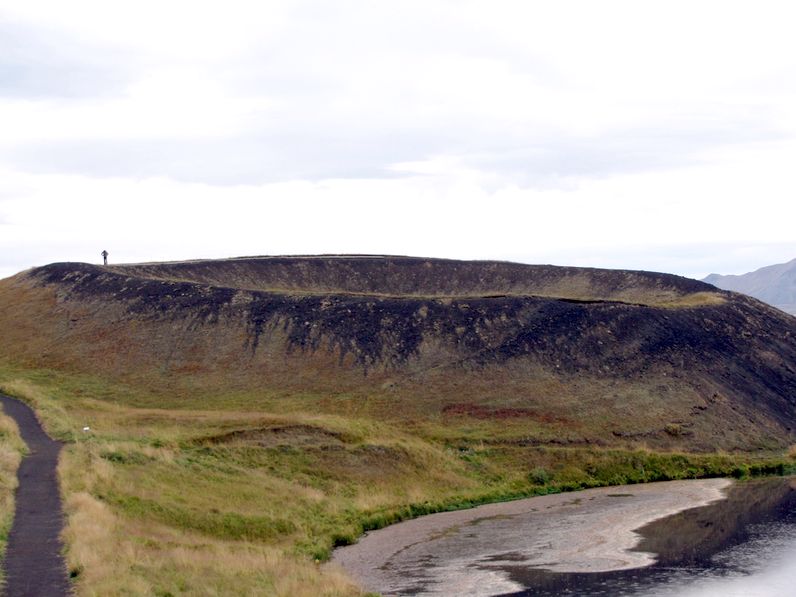

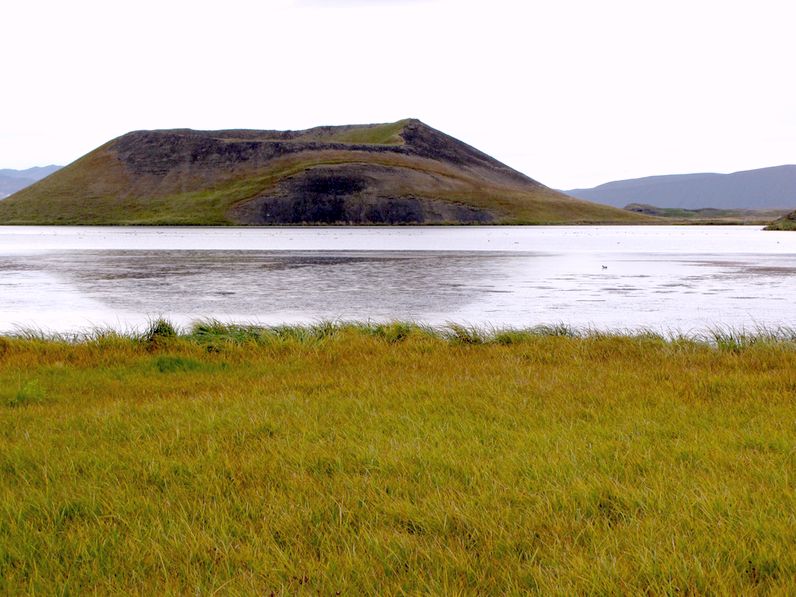
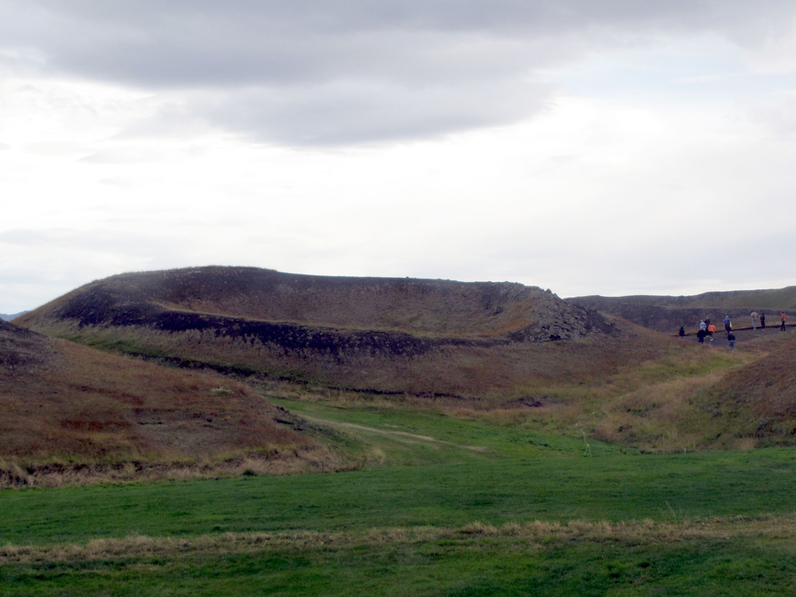
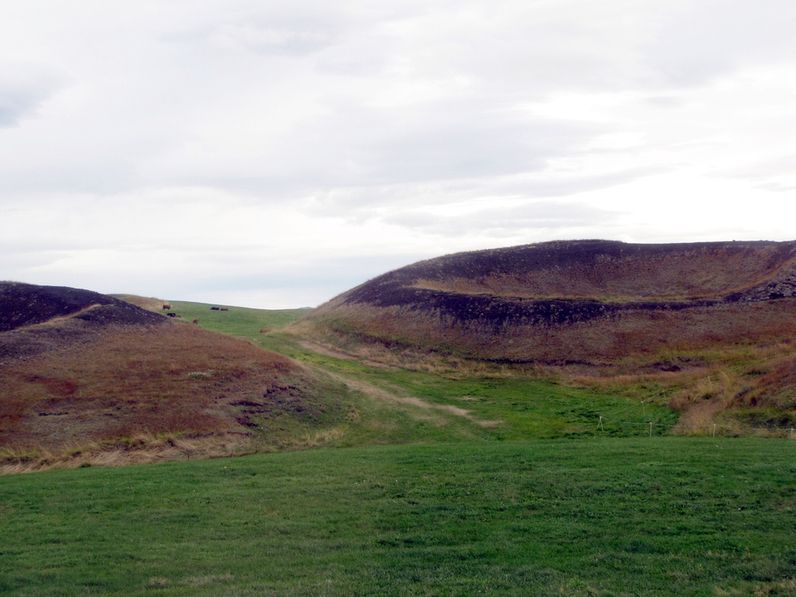
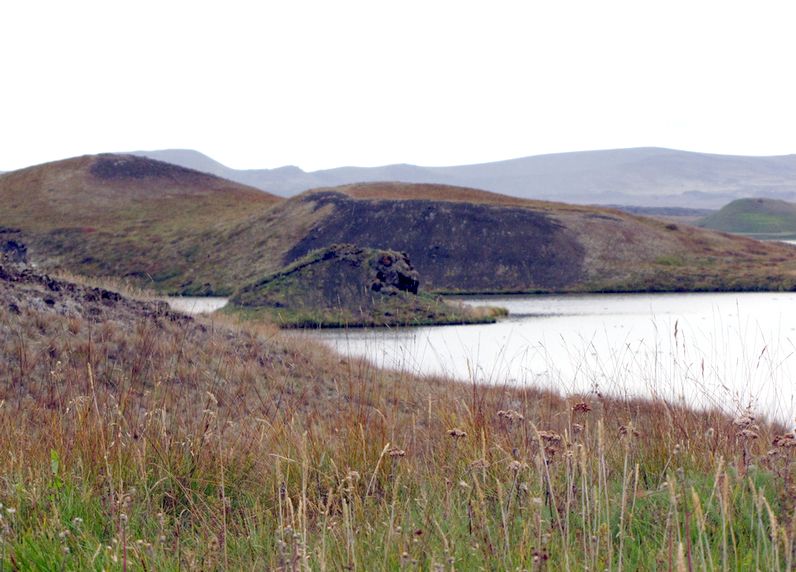
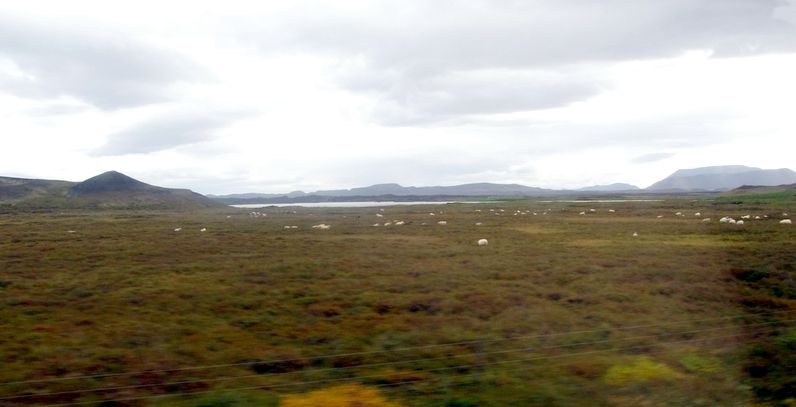
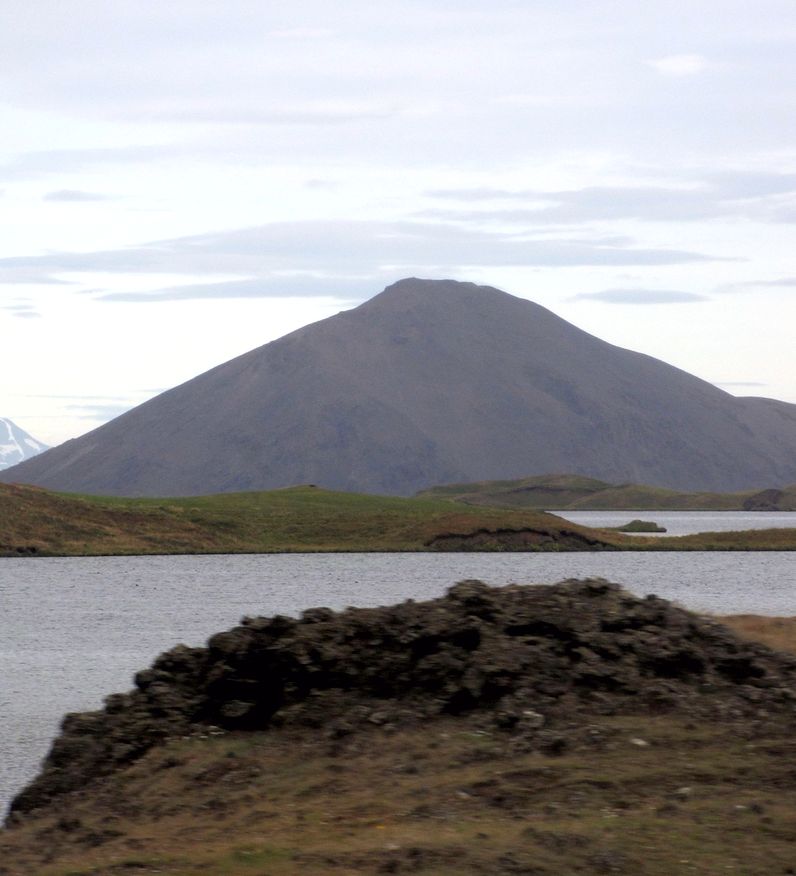
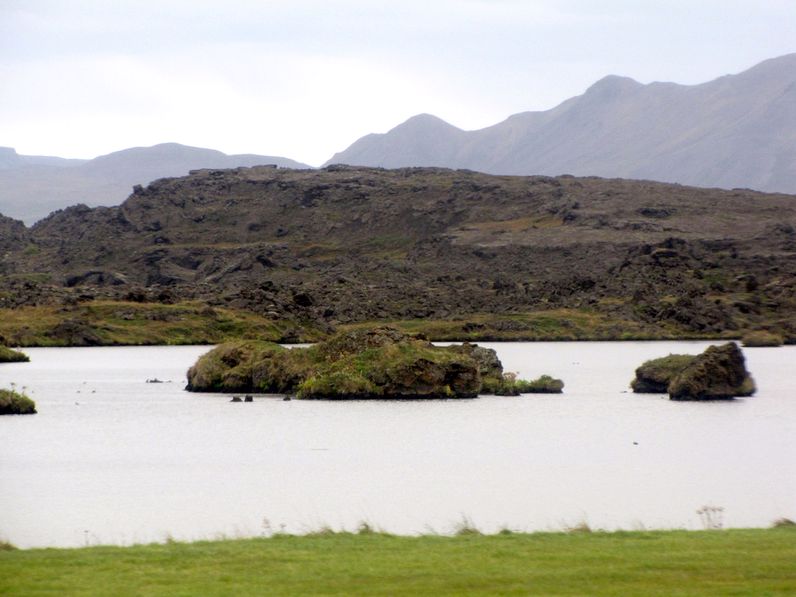
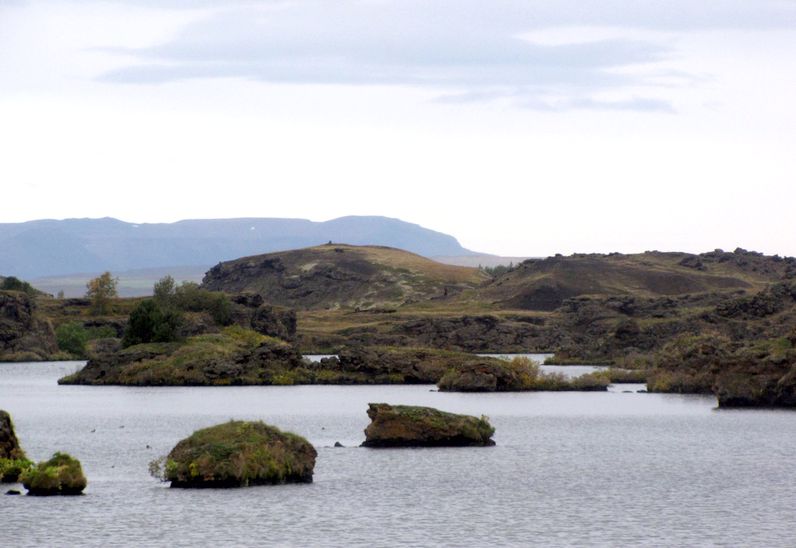
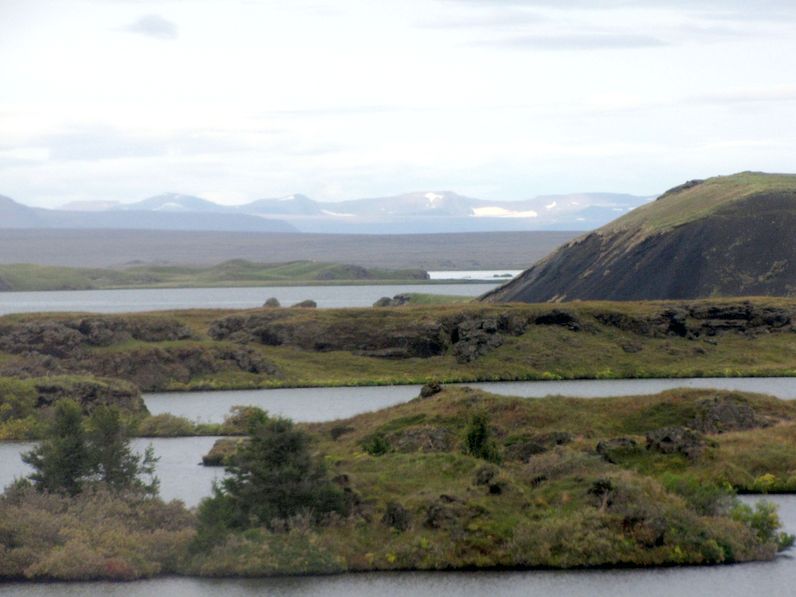
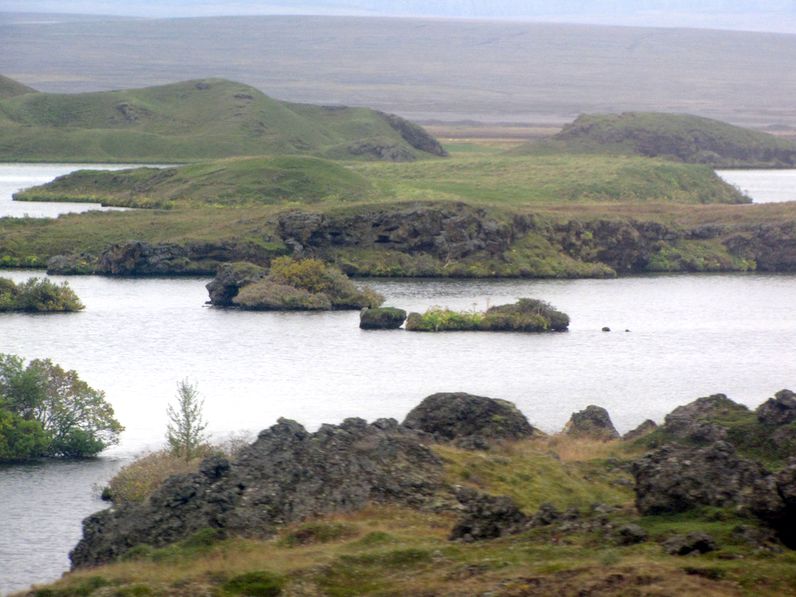
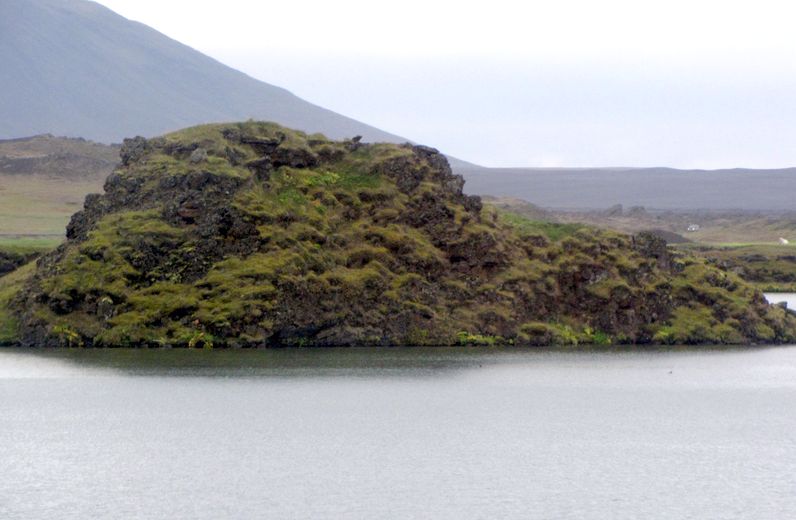
Sheepies!! Lots and lots of sheepies!!
